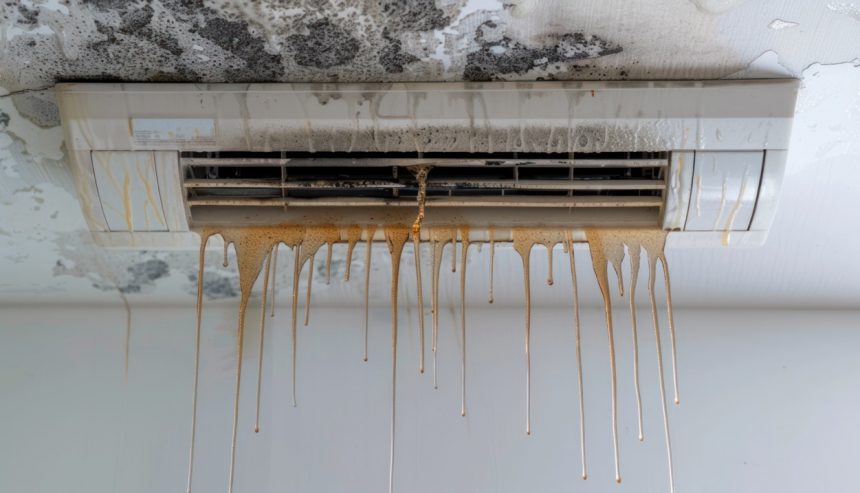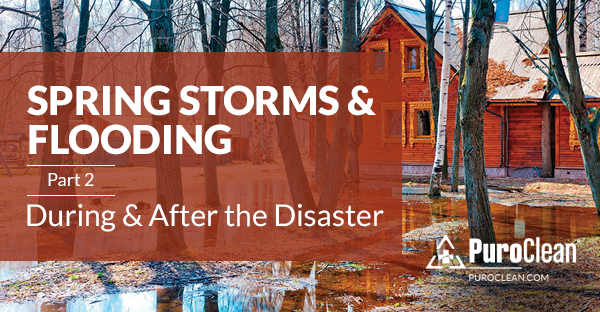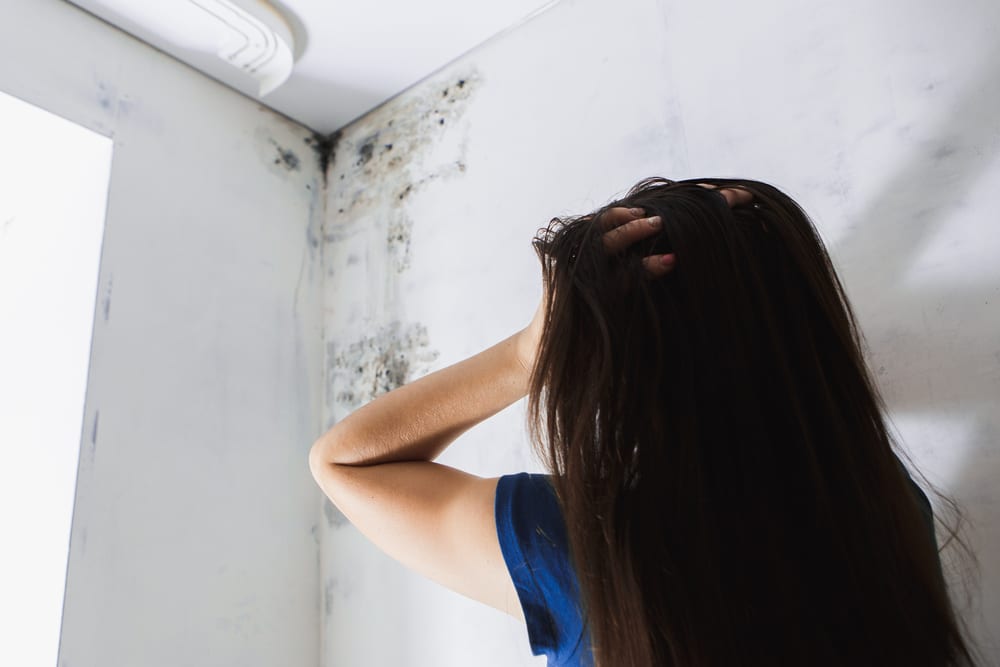Have you ever noticed a musty odor when you turn on your air conditioning or heating system? Or maybe you’ve seen strange spots on the vents or around the air ducts? These could be signs of mold growth in your HVAC system—a silent yet dangerous invader in many homes. Mold isn’t just an aesthetic problem; it can wreak havoc on your health and your property. In this article, we’ll dive deep into what causes mold growth in HVAC systems, the potential risks, and most importantly, how you can prevent it. So, if you’re concerned about mold damage in your home, keep reading—you’ll find everything you need to know right here.
Table of Contents
What is Mold and Why Should You Care?
Mold is a type of fungus that thrives in damp, dark environments. It reproduces by releasing tiny spores into the air, which can settle on various surfaces and grow under the right conditions. You might think of mold as just an annoying household problem, but it’s much more than that. Mold can cause serious health issues, particularly for those with allergies, asthma, or weakened immune systems. Even if you’re healthy, prolonged exposure to mold can lead to respiratory issues, skin irritations, and other health problems. Moreover, mold can cause significant damage to your home, especially when it takes root in your HVAC system.
How Mold Finds a Home in Your HVAC System
Your HVAC (Heating, Ventilation, and Air Conditioning) system is designed to keep your home comfortable. But it can also provide the perfect environment for mold growth. HVAC systems are complex networks of ducts, vents, and coils that circulate air throughout your home.
When moisture accumulates in these areas—whether from condensation, leaks, or high humidity—it creates the perfect breeding ground for mold. Think of your HVAC system as the lungs of your home. Just as your lungs need clean air to function properly, your HVAC system needs to be free of mold to ensure good indoor air quality. If mold begins to grow in your HVAC system, it can easily spread throughout your home every time the system is turned on.
Signs of Mold Growth in HVAC Systems
How can you tell if there’s mold in your HVAC system? Here are some telltale signs:
- Musty Odor: If you notice a persistent musty smell whenever your air conditioner or heater is running, mold could be the culprit.
- Visible Mold: Sometimes, you might see mold growing around vents, ducts, or on the HVAC system itself.
- Allergic Reactions: If you or your family members experience increased allergy symptoms like sneezing, coughing, or itchy eyes when the HVAC system is on, it could be due to mold spores in the air.
- Unexplained Illness: Persistent respiratory issues or other health problems that worsen when indoors might be linked to mold exposure.
The Dangers of Mold Growth in HVAC
Mold growth in your HVAC system isn’t just a nuisance; it poses several serious risks. For one, it can lead to widespread mold damage throughout your home. As the HVAC system circulates air, it also circulates mold spores, allowing them to settle on walls, furniture, and other surfaces. Over time, this can result in extensive and costly damage. But the most concerning risk is to your health. Mold spores can cause or exacerbate respiratory issues, particularly in people with asthma or allergies. In some cases, exposure to mold can lead to more severe conditions like chronic bronchitis or even mold toxicity, a condition that can cause a range of symptoms from headaches to neurological issues.
Mold Damage: The Silent Destroyer
Mold damage is often referred to as the “silent destroyer” because it can go unnoticed for a long time. Unlike a burst pipe or a leaky roof, which are obvious and immediate problems, mold damage can slowly and quietly eat away at your home’s structure and your health. It can ruin insulation, weaken walls, and cause extensive damage to flooring and furniture. By the time you notice visible signs of mold, significant damage might already be done. This is why it’s crucial to address any signs of mold growth in your HVAC system as soon as possible.
What Causes Mold in HVAC Systems?
Several factors can contribute to mold growth in your HVAC system:
- Moisture: Mold needs moisture to grow. This can come from condensation on coils, leaks in the ductwork, or high humidity levels in your home.
- Poor Ventilation: Without proper airflow, moisture can become trapped in your HVAC system, creating an ideal environment for mold.
- Dirty Filters: When air filters become clogged with dust and debris, they can’t effectively filter out mold spores, allowing them to spread through the system.
- Infrequent Maintenance:** Without regular cleaning and inspection, mold can grow unchecked in the hidden parts of your HVAC system.
How to Prevent Mold Growth in Your HVAC System
Preventing mold growth in your HVAC system is all about controlling moisture and maintaining clean, dry conditions. Here are some steps you can take:
- Control Humidity: Keep indoor humidity levels below 60%. Use dehumidifiers if necessary, especially in humid climates.
- Regular Maintenance: Schedule regular HVAC inspections and cleanings to ensure that everything is working properly and free of mold.
- Fix Leaks Immediately: If you notice any leaks in your HVAC system or home, address them right away to prevent moisture buildup.
- Use a UV Light: Some HVAC systems can be equipped with UV lights, which kill mold spores and other bacteria as air passes through the system.
Regular Maintenance: Your First Line of Defense
Regular HVAC maintenance is essential to preventing mold growth. Just like you wouldn’t skip regular oil changes for your car, you shouldn’t neglect routine check-ups for your HVAC system. During these check-ups, a professional can clean coils, check for leaks, replace filters, and ensure that everything is functioning as it should. This not only helps prevent mold but also keeps your system running efficiently, which can save you money on energy bills.
Professional HVAC Cleaning: When Should You Consider It?
While regular maintenance can go a long way in preventing mold, there are times when professional HVAC cleaning is necessary. If you’ve noticed any of the signs of mold growth mentioned earlier, it’s a good idea to have a professional inspect and clean your system. Additionally, if your HVAC system hasn’t been cleaned in a few years, or if you’ve recently experienced water damage in your home, a thorough cleaning might be in order.
Can You Remove Mold from an HVAC System Yourself?
Removing mold from your HVAC system is not a task to take lightly. While there are some DIY methods for cleaning visible mold from vents or coils, mold in the ductwork or other parts of the system should be handled by professionals. Attempting to clean mold yourself could not only spread the spores further but also expose you to harmful mold spores. If you’re dealing with a significant mold problem, it’s best to call in a professional who has the right equipment and expertise to handle it safely and effectively.
The Role of Air Filters in Preventing Mold
Air filters play a crucial role in preventing mold growth in your HVAC system. They trap dust, debris, and mold spores, preventing them from circulating through your home. However, for filters to be effective, they need to be replaced regularly. A dirty filter can’t do its job properly and can even contribute to mold growth by restricting airflow and creating a buildup of moisture. Consider upgrading to a HEPA filter, which is more effective at trapping small particles, including mold spores.
The Impact of Mold on Indoor Air Quality
Indoor air quality (IAQ) is a crucial aspect of a healthy home, and mold growth in your HVAC system can significantly impact it. When mold spores circulate through your HVAC system, they are distributed throughout your home, leading to poor IAQ. This can cause or exacerbate respiratory problems, allergies, and other health issues. Maintaining a clean HVAC system is essential to ensuring that the air you breathe is free from mold spores and other contaminants.
Costs Associated with Mold Damage in HVAC Systems
Mold damage in your HVAC system can lead to substantial costs, both in terms of repair and health-related expenses. The cost of professional mold removal can vary depending on the severity of the infestation and the extent of the damage. In some cases, extensive mold damage might require the replacement of parts of the HVAC system or even entire ducts. Additionally , if mold has spread to other parts of your home, the costs can quickly add up. This is why early detection and prevention are key to minimizing the financial impact of mold damage.
When to Call a Mold Remediation Specialist
There comes a point when dealing with mold in your HVAC system requires the expertise of a mold remediation specialist. If you notice widespread mold growth, have recurring issues despite regular maintenance, or if mold has spread to other areas of your home, it’s time to call in the professionals. Mold remediation specialists have the tools and knowledge to safely remove mold and ensure that it doesn’t return.
Protecting Your Home from Mold Damage
Mold growth in your HVAC system is a serious issue that can affect both your health and your home. By understanding the causes of mold growth and taking proactive steps to prevent it, you can protect your home from mold damage and ensure a healthy living environment for you and your family. Regular maintenance, timely repairs, and professional cleaning are all essential components of a mold prevention strategy. Don’t wait until you smell that musty odor or see mold spots on your vents—start taking action today to keep your HVAC system mold-free.
PuroClean Property Savers provides emergency restoration services 24 hours a day, seven days a week. Our services include water damage, fire & smoke damage, mold remediation, biohazard cleanup, reconstruction and large-scale commercial property damage. We service Austin, Bastrop, Buda, Cedar Creek, Cedar Park, Del Valle, Dripping Springs, Elgin, Georgetown, Hutto, Kyle, Leander, Manor, Marble Falls, Pflugerville, Round Rock, Taylor, and Wimberley. Our average “on-site” time is 60 minutes, and we work directly with your local insurance provider.
Our role goes beyond just repairing properties; it’s also repairing lives. Visit us online at “PuroClean Property Savers.” Give us a call now at (512) 956-5700 or email us at [email protected] to schedule a visit. You can also find additional resources for emergency management, fire prevention planning, flash flood situations, and many other risks at the City of Austin Fire Department initiative #LetsGetRealATX.




 PuroClean Property Savers
PuroClean Property Savers